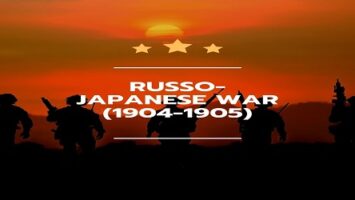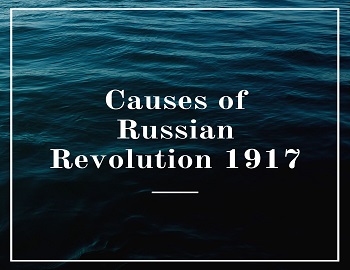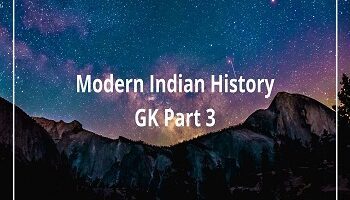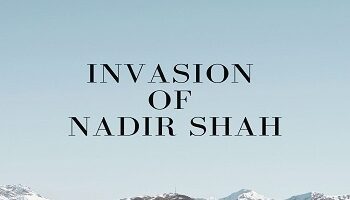Military Administration of Shivaji:
Shivaji was a born general and captain of war. He organized his army on an ancient basis with a regular gradation of officers. He established a regular standing army and greatly improved its morale and discipline. The recruitment was done after careful personal inspection. His army was mostly composed of cavalry and infantry. At the time of his death, his army, which was originally a small force, consisted of 30,000 to 40,000 cavalry, and one lakh infantry drawn from the ranks of the peasantry.
The cavalry was divided into two classes the Bargirs and the Silahdars. Bargirs were supplied with horses and arms by the state while Silahdars brought their own horses and equipment and received a stipulated amount from the state for meeting the expenses of services in the field. One unit in the cavalry was formed of twenty-five troopers; over them was placed a havaldar, and five havaldar’s formed one jumla under a jumladar. Ten jumladars made a hazari charge, and five hazaris were placed under a panjhazari, who was given a salary of 2,000 huns. The panjhazaris were under the command of a sar-i-naubat. For every twenty-five troopers, a farrier and a water carrier were provided by the state. The infantry arm was similarly organized and the Mavli foot soldiers played an important role.
The army consisted of both Hindus and Muslims and no distinction was made. In a time of need, Shivaji could also call the feudal forces of the Maratha wattandars, but he did not place reliance upon them. To prevent disruptive tendencies Shivaji abolished the system of payment by Jagirs and introduced cash payments for his soldiers. The soldiers were kept under strict discipline and regulations were drawn to prevent them from doing anything which might degrade their morals. No female followers were allowed on the camp and a breach of this rule entailed capital punishment. The spoils of war especially the costly articles were to be handed over to the state by every soldier. Maratha army was formidable and most suitable for guerilla war.
The forts formed a special feature of his military administration. Shivaji was aware that ‘forts had important symbolic value. They were the physical manifestation of supra-local power, virtually the only one in Maharashtra”. Forts became a necessary adjunct of his guerilla system of warfare. There were 280 forts in his territory. Every fort was under three officials of equal status- the havaldar, the sabnis and sarnobat, each acting as a check on others. This was done so that forts may not be given to the enemy by any one officer. The main forts are on the highest points of the Sahyadri range. Of all the forts, Raigarh, his capital and Pratapgarh were the most important.
Shivaji well realized the importance of having a navy. His enterprises in Konkan were often hampered by the hostility of the Abyssinian pirates (siddis), who were established at Janjire, a small Island to the south of Bombay. The siddis were fine seamen and good fighters. Shivaji wanted to destroy their power and so built a considerable fleet manned by the sea forming people of the Malabar coast. Shivaji built the four strong fortresses of Sindhudurg, Vijaydurg, Suvarnadurg and lastly Kolaba with adequate naval equipment. Ten years of fighting with the siddis followed and the Maratha fleet, on the whole, gave a good account of itself. Shivaji possessed a more powerful navy than other rulers of Deccan.









Comments (No)